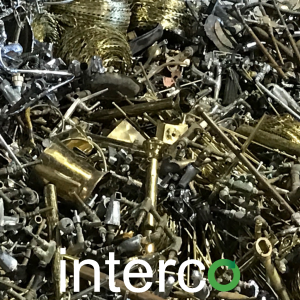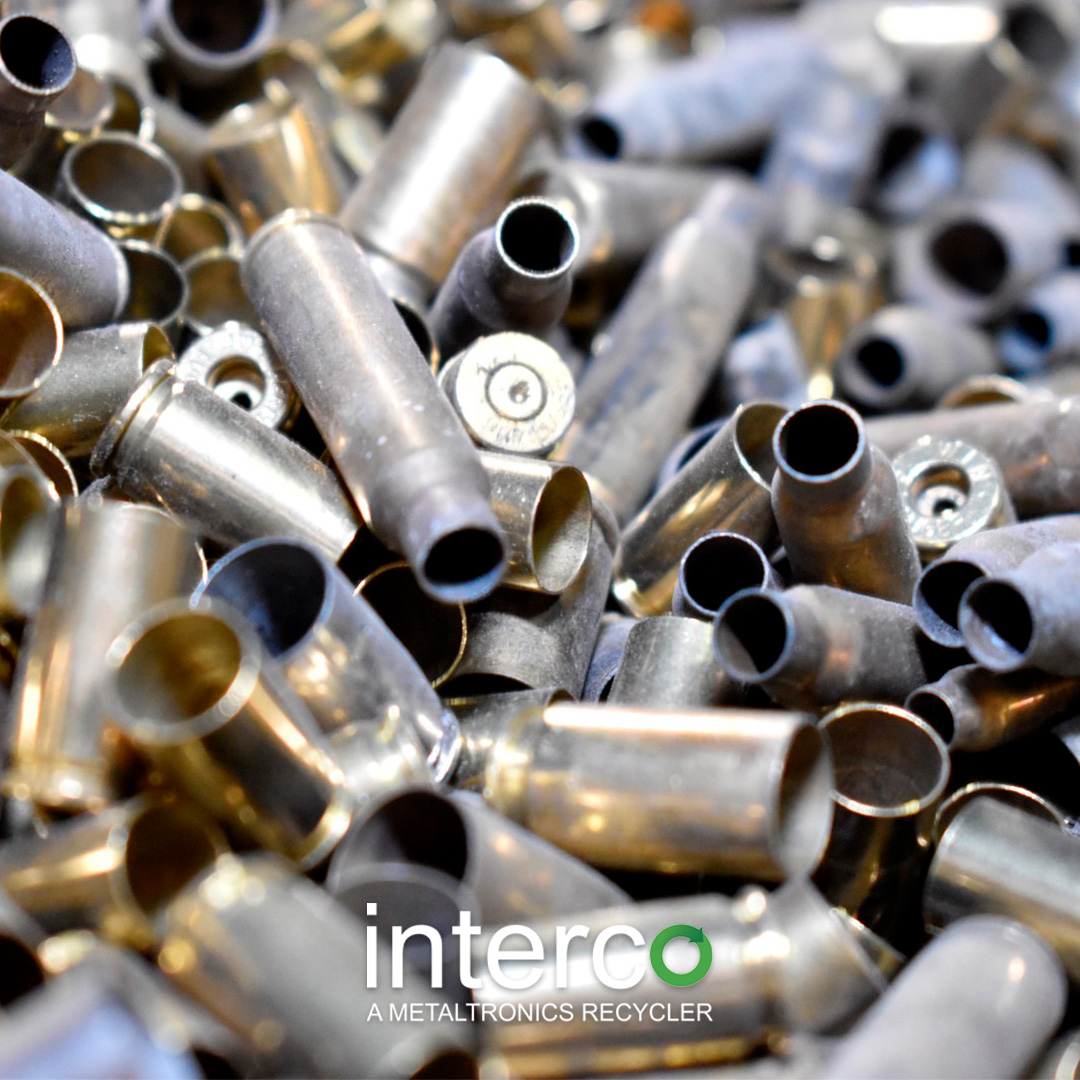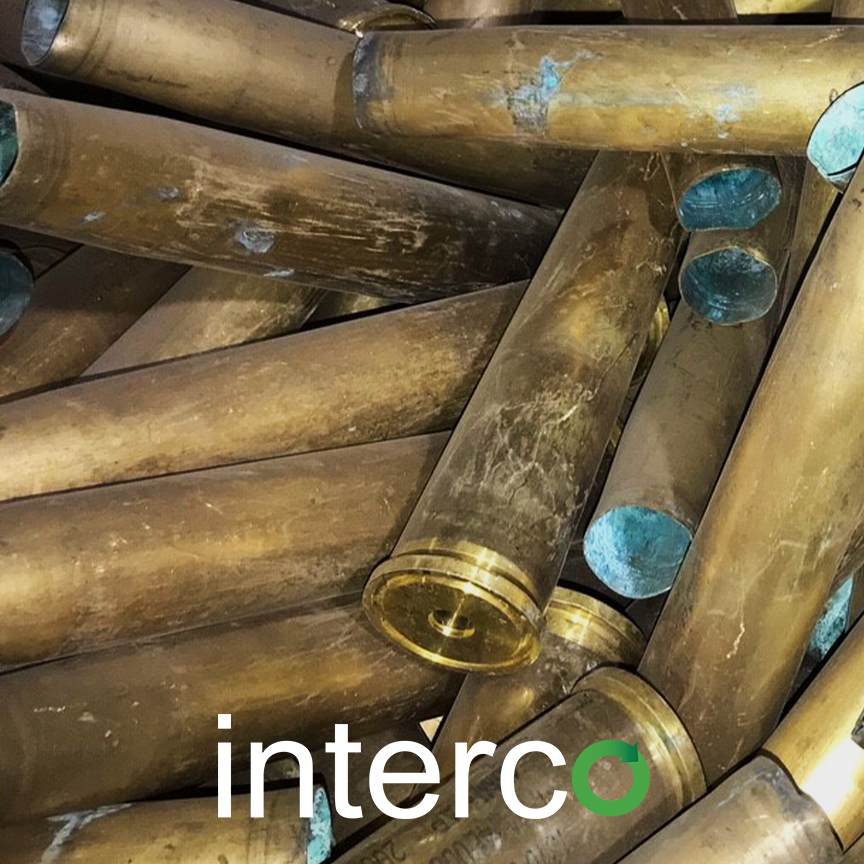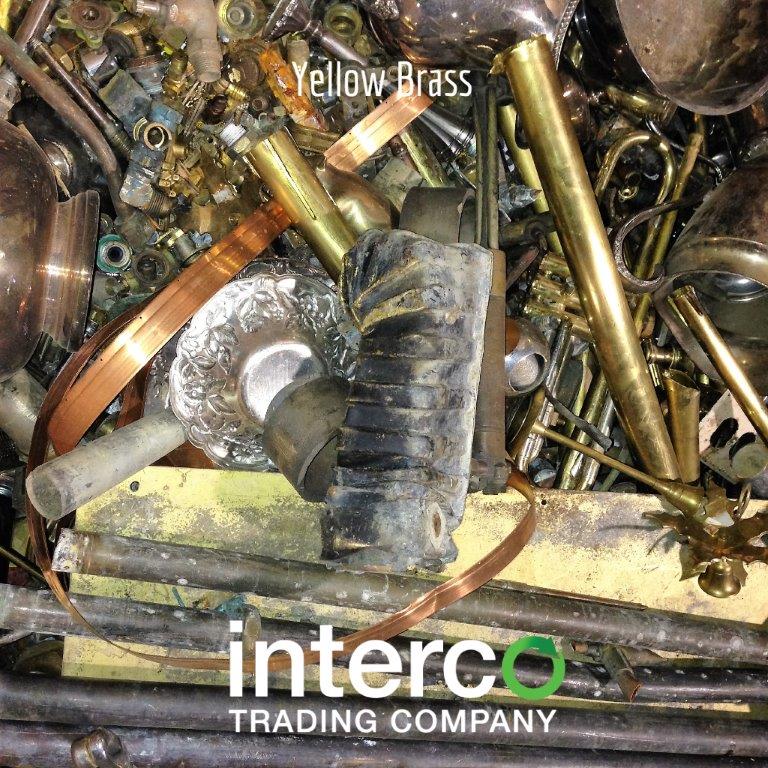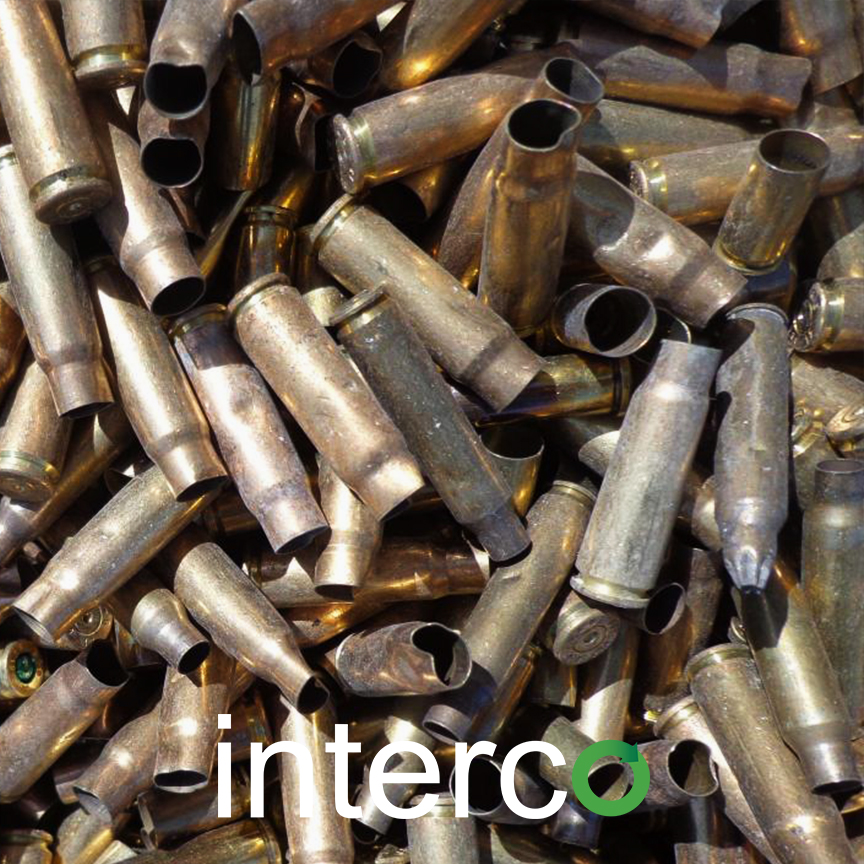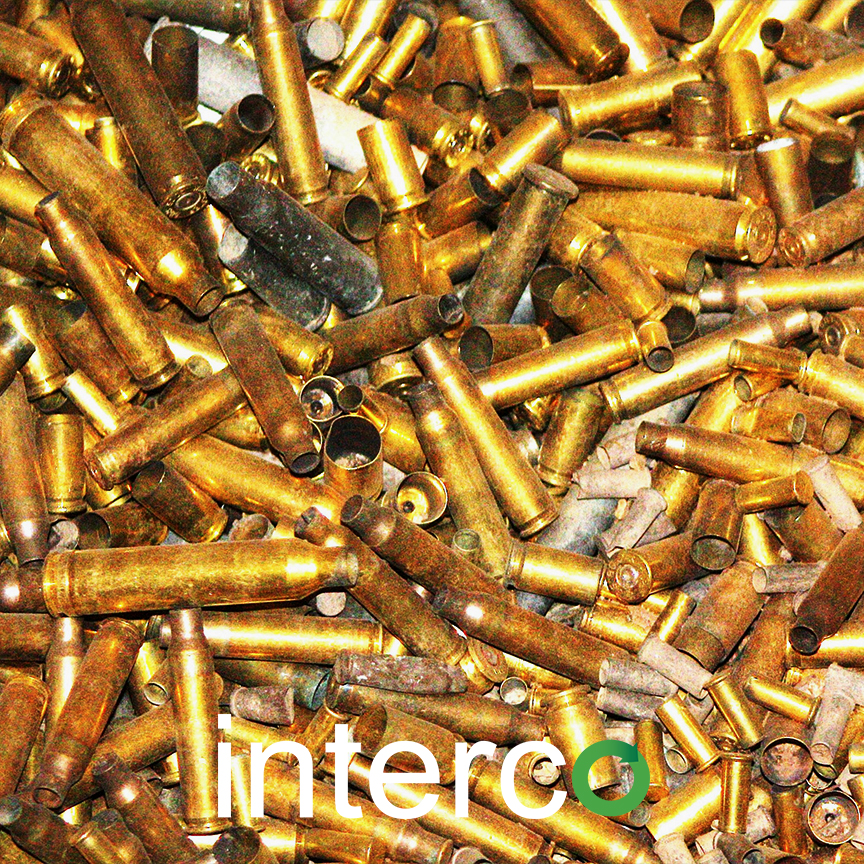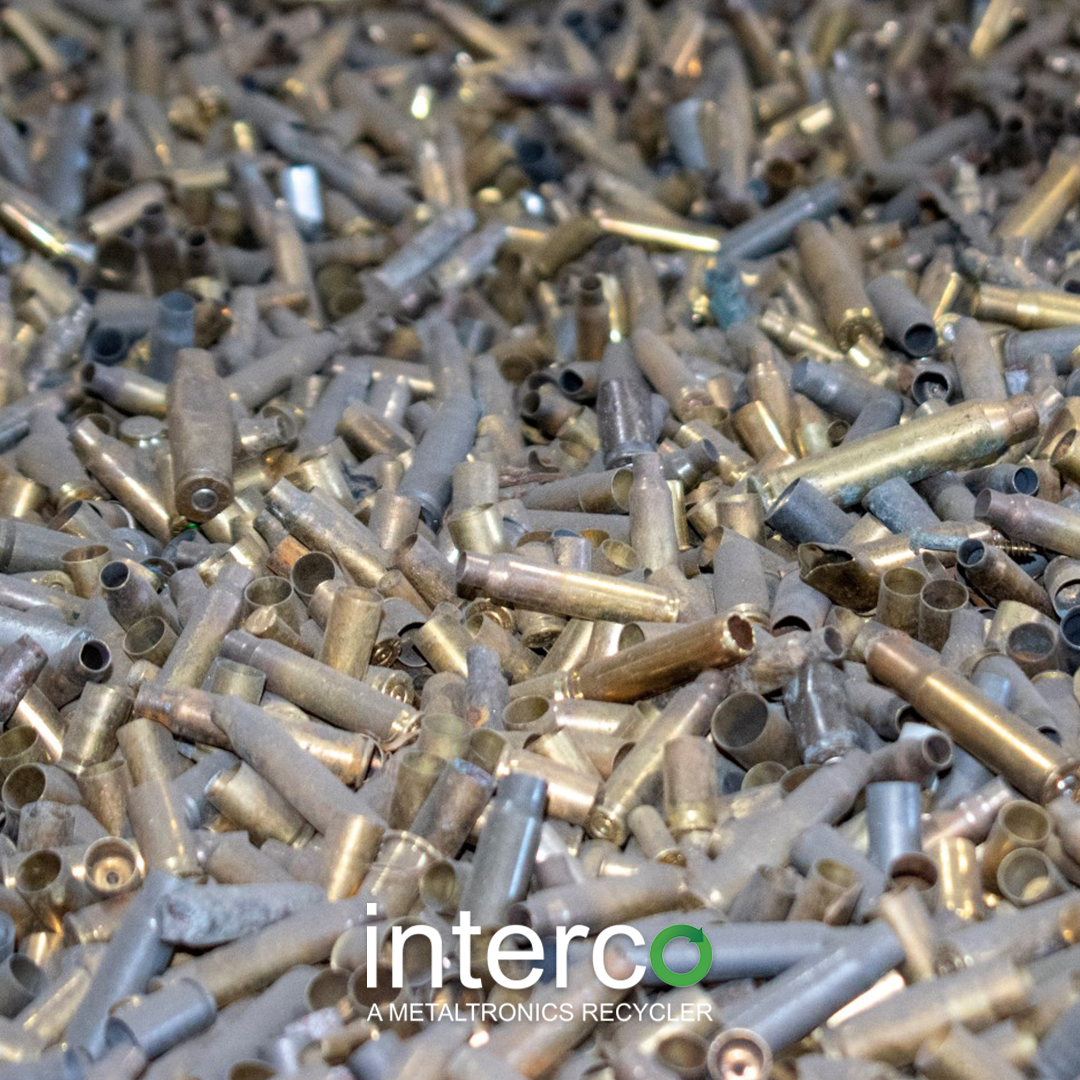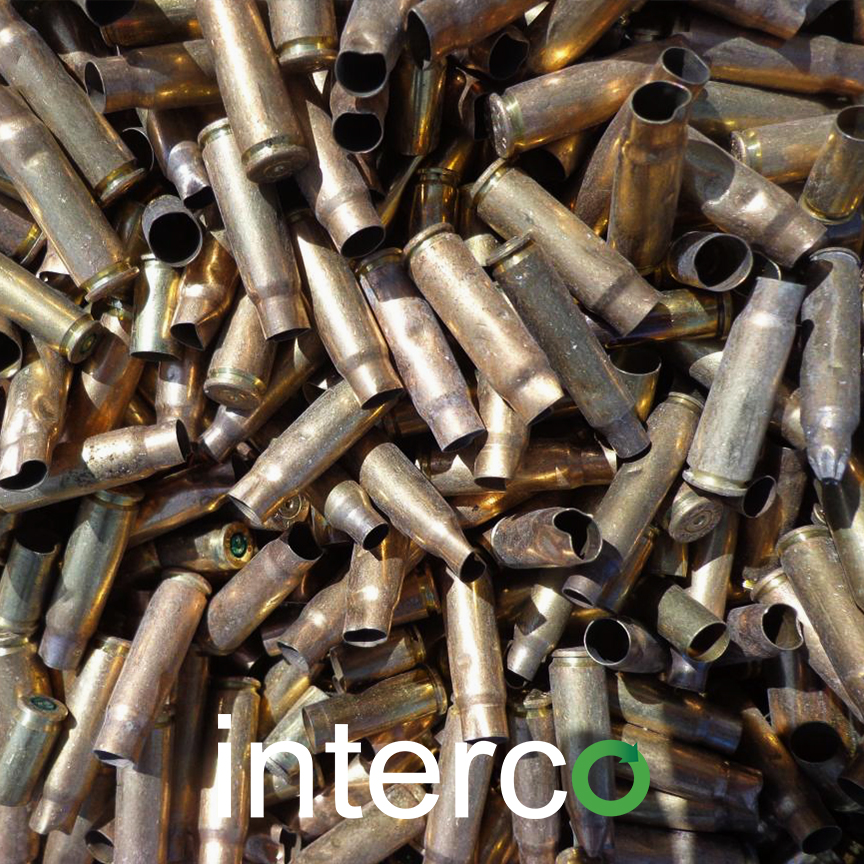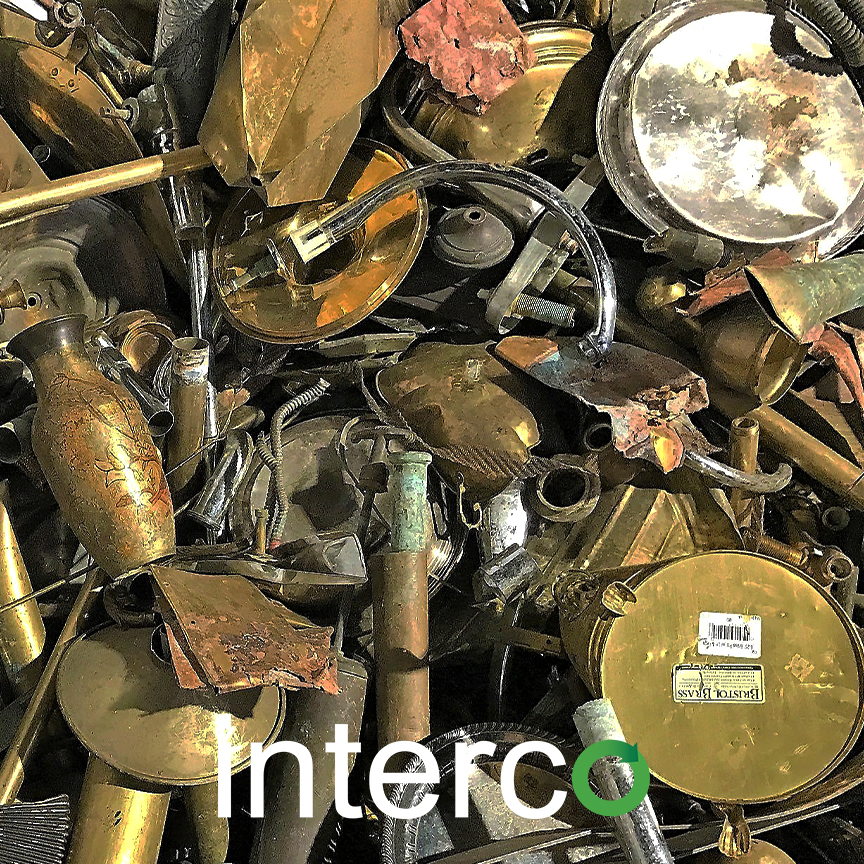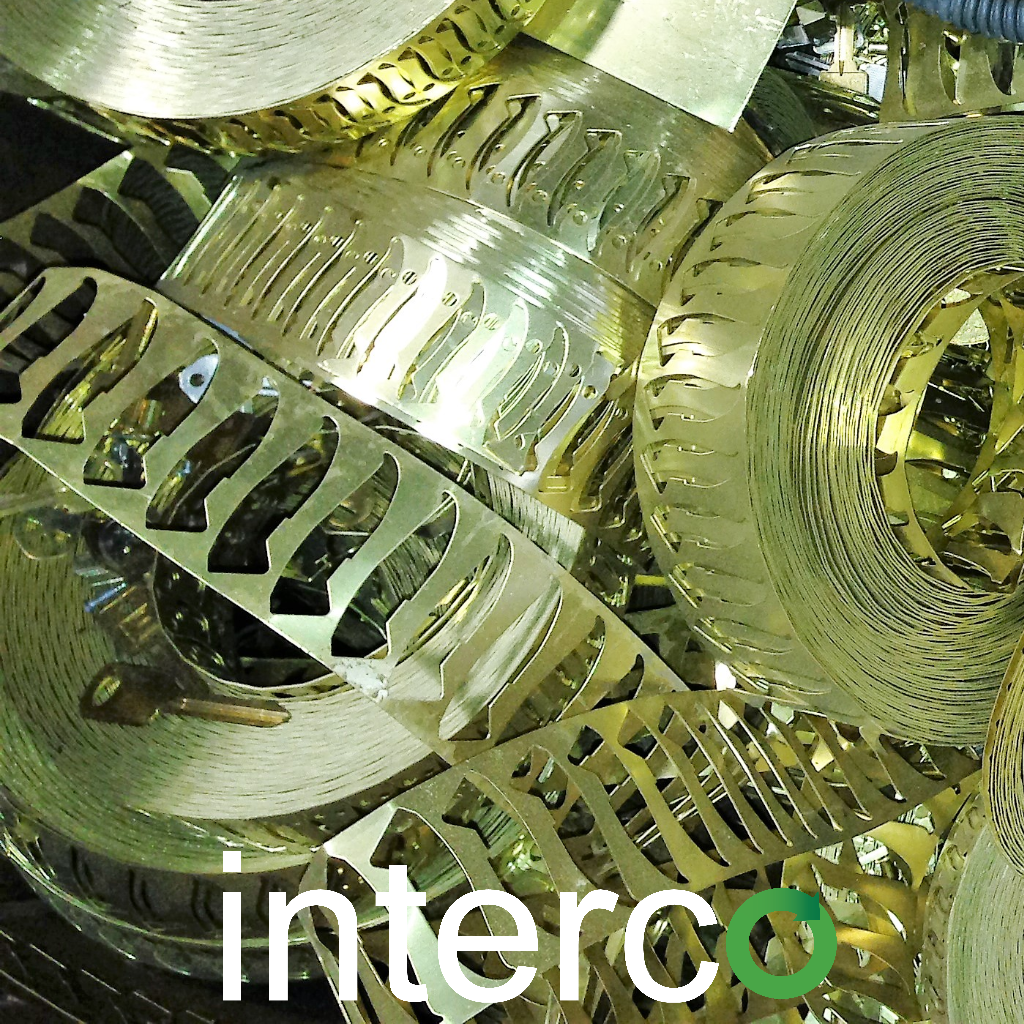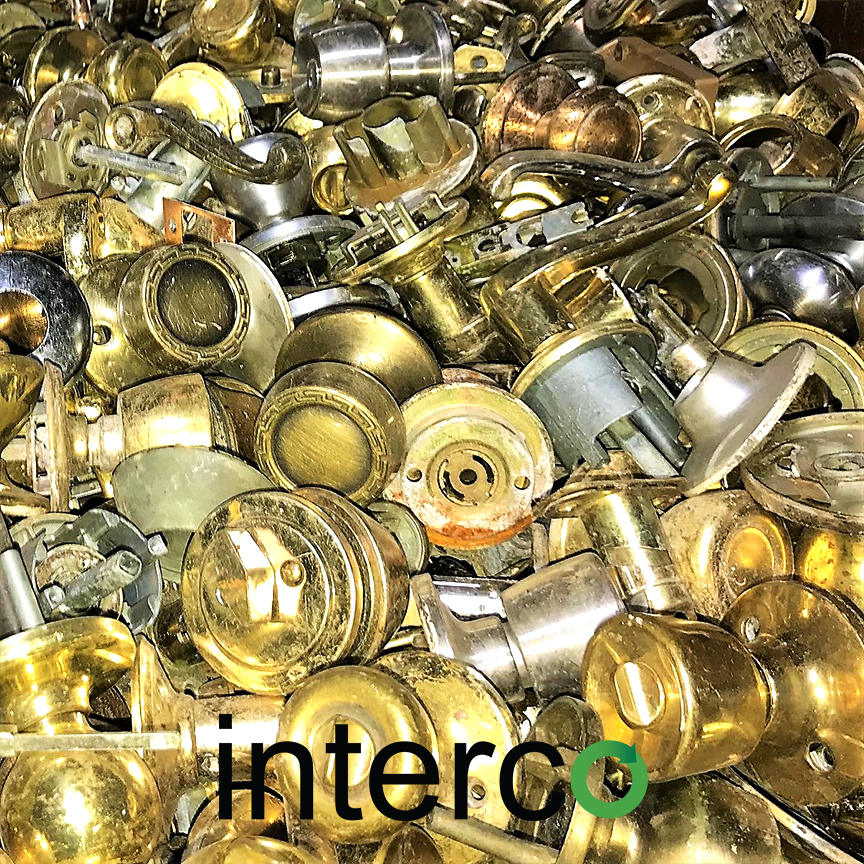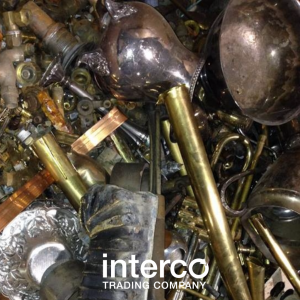
The mix of copper and zinc makes a compound known as yellow brass solids. Individuals ordinarily portray brass as an element metal, paying little respect to brass not having an element symbol. Yellow brass solids get their golden shading due to the greater proportion of zinc instead of copper. Producers can ordinarily tell when they have scrap yellow brass because of the shading, yet it is not a bad plan to get a specialist opinion. Yellow brass is ordinary in daily existence which makes recycling yellow brass in Colorado essential. When looking around at ordinary items, one can find yellow brass in these spots:
- Household plumbing
- Connectors
- Radiators
- Keys
In addition to these items, various individuals use yellow brass solids when decorating their home because of the enriching elements of yellow brass. Yellow brass normally makes up various dishes, faucets, and even some jewelry. When manufacturers require a material that can’t light, most of the time, they use brass. Yellow brass gives a low-friction, soft, and safe material.
Scrap Yellow Brass
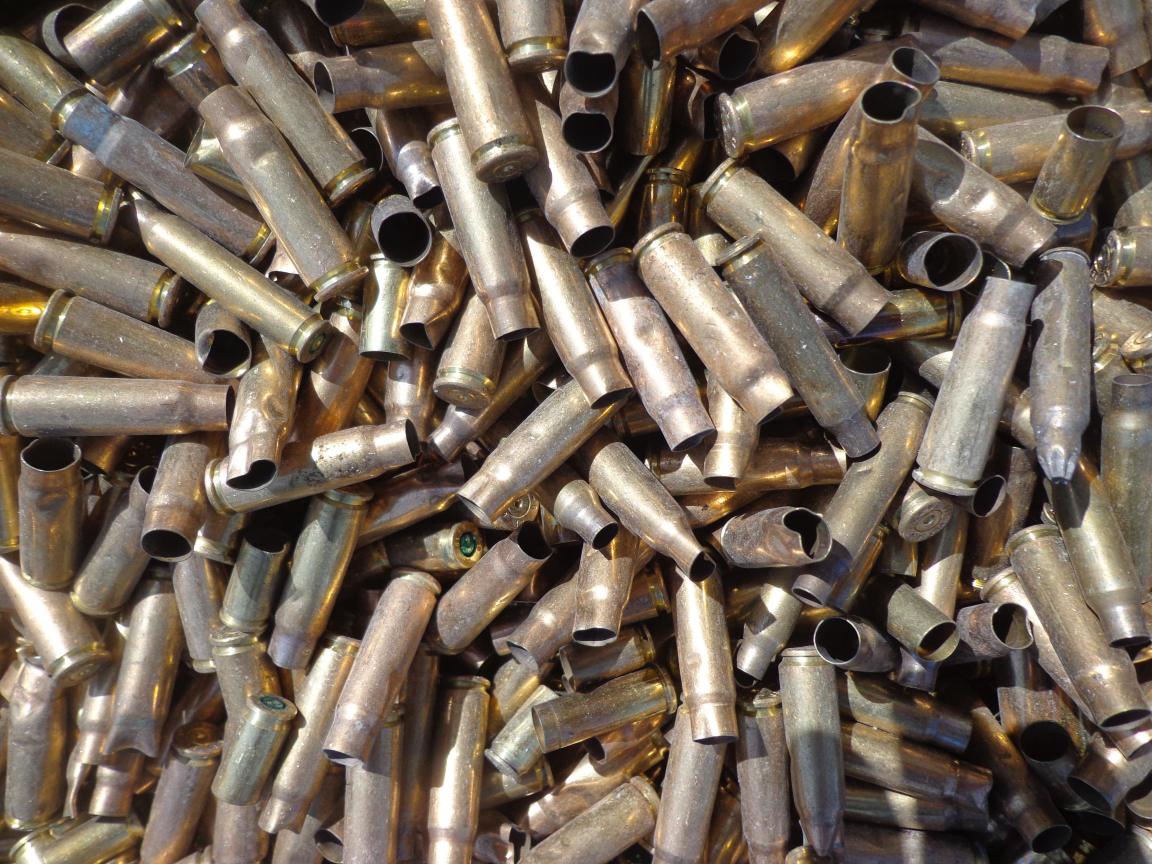
The high proportion of scrap yellow brass makes an intense requirement for recycling yellow brass in Colorado. Yellow brass solids accept a significant role in the bronze and brass industries. Thus, the brass and bronze industries cause the sporadically high expenses for yellow brass. Manufacturers produce yellow brass in the form of:
- Brass sheets
- Tubing rods
- Castings
The Recycling Process
Manufacturers produce a huge amount of scrap, yet yellow brass should not be disposed of. Interco buys scrap yellow brass and takes it through a recycling technique. Today, almost 90% of all brass products are reused. In order to be most effective at recycling yellow brass in Colorado, Interco must find yellow brass that has low degrees of aluminum and manganese bronze. This kind of yellow brass can be easily reused but proves to be hard to come by.

It is normal for brass to have a mix of nonferrous and ferrous materials. On the chance that this occurs, the two kinds of materials need to be isolated. The isolation process starts with a powerful magnet that confines the two kind of metals. The way toward separating the different materials shows to be basic since brass is nonferrous.
The process of recycling yellow brass is especially similar to the process of recycling other non-ferrous metals. After figuring out the different kinds of metals and completing the separation process, Interco will:
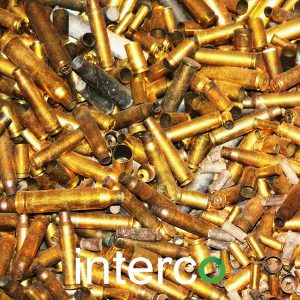
- Compact the yellow brass solids into very small pieces so they do not take up as much space
- Place the metals into a furnace that will reach very high temperatures which will cause the brass to soften
- Pour the metal into a mold for it to cool
Interco purchases yellow brass from wherever in the United States. Because of transportation costs, recycling materials that are large distances away can cause difficulties. Despite these difficulties, Interco continues to develop and grow.
Conclusion
Yellow brass is an essential metal in everyday life. Considering the raised measures of yellow brass, recycling yellow brass in Colorado remains a necessity. We must strive to recycle more than 90% of all brass things. If you have any inquiries regarding how to deal with your scrap yellow brass, please contact Interco here.
